The Textile Colorant Market is currently characterized by a dynamic competitive landscape, driven by increasing demand for sustainable and innovative colorant solutions. Key players such as BASF SE (DE), Huntsman Corporation (US), and Clariant AG (CH) are actively shaping the market through strategic initiatives focused on sustainability, technological advancements, and regional expansion. These companies are not only enhancing their product portfolios but are also investing in research and development to meet the evolving needs of the textile industry, which increasingly prioritizes eco-friendly practices and high-performance products.
In terms of business tactics, companies are localizing manufacturing to reduce lead times and optimize supply chains, which appears to be a critical strategy in the current market environment. The Textile Colorant Market is moderately fragmented, with a mix of large multinational corporations and smaller regional players. This structure allows for a diverse range of products and innovations, although the influence of major players remains significant in setting industry standards and trends.
In August 2025, Huntsman Corporation (US) announced the launch of a new line of bio-based colorants aimed at reducing environmental impact. This strategic move not only aligns with global sustainability goals but also positions Huntsman as a leader in the eco-friendly segment of the market. The introduction of these products is likely to attract environmentally conscious consumers and brands, thereby enhancing Huntsman's competitive edge.
Similarly, in September 2025, Clariant AG (CH) unveiled a partnership with a leading textile manufacturer to develop innovative dyeing processes that minimize water usage. This collaboration underscores Clariant's commitment to sustainability and innovation, potentially setting new benchmarks for efficiency in textile dyeing. Such partnerships are indicative of a broader trend where companies are leveraging alliances to enhance their technological capabilities and market reach.
Moreover, in July 2025, BASF SE (DE) expanded its production capacity for specialty colorants in Asia, reflecting a strategic focus on regional growth. This expansion is expected to cater to the rising demand in emerging markets, where textile production is rapidly increasing. By bolstering its presence in Asia, BASF is likely to enhance its competitive positioning and responsiveness to local market needs.
As of October 2025, the competitive trends in the Textile Colorant Market are increasingly defined by digitalization, sustainability, and the integration of artificial intelligence in production processes. Strategic alliances are becoming more prevalent, enabling companies to pool resources and expertise to drive innovation. Looking ahead, it appears that competitive differentiation will increasingly hinge on technological advancements and sustainable practices, rather than solely on price. This shift suggests a transformative phase in the market, where companies that prioritize innovation and supply chain reliability are likely to emerge as leaders.


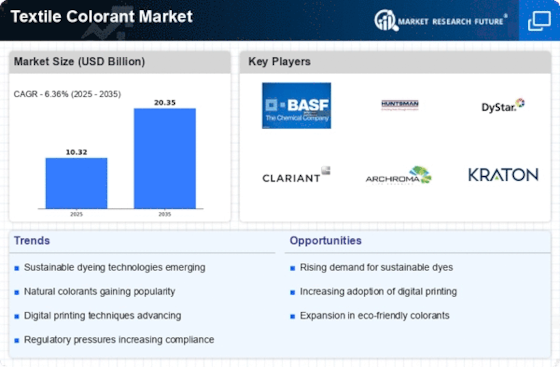
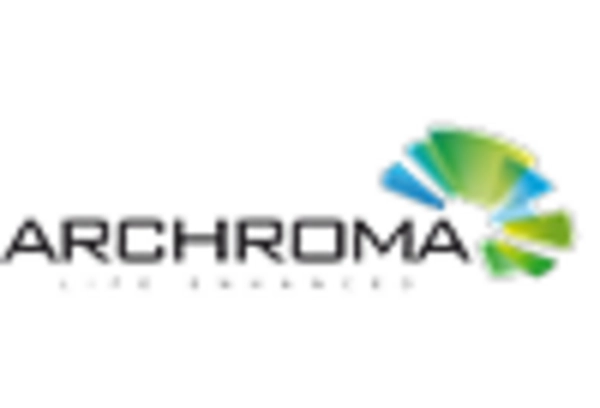

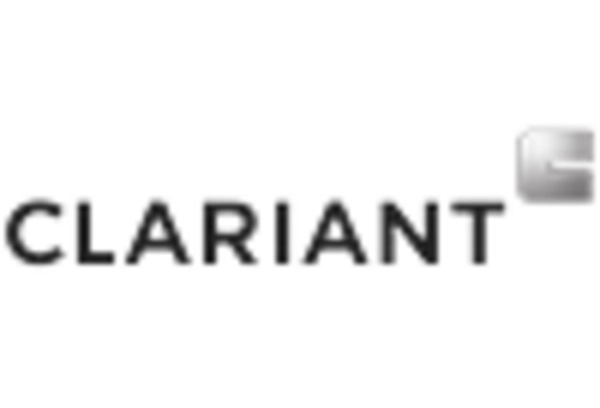
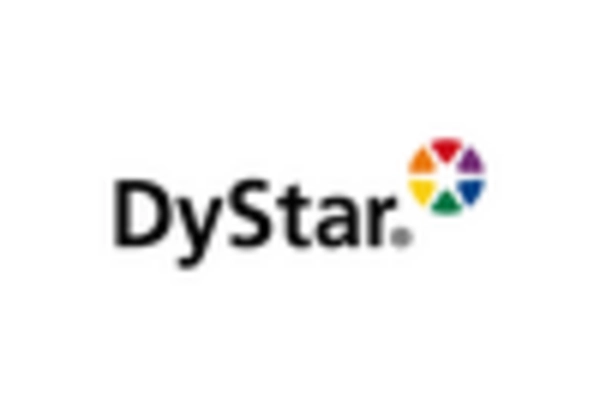
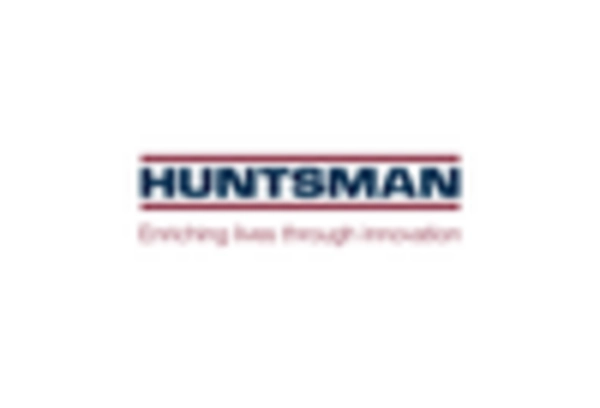
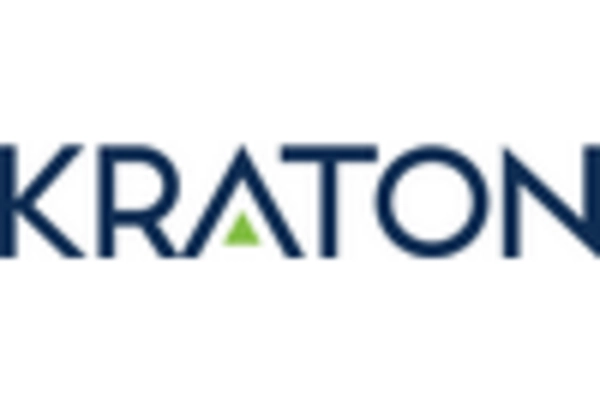








Leave a Comment